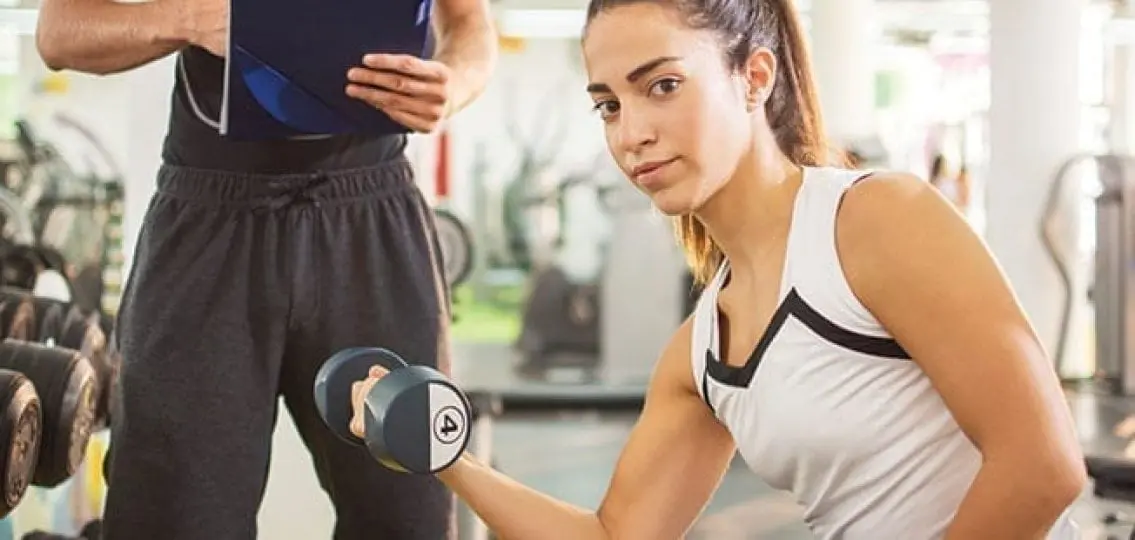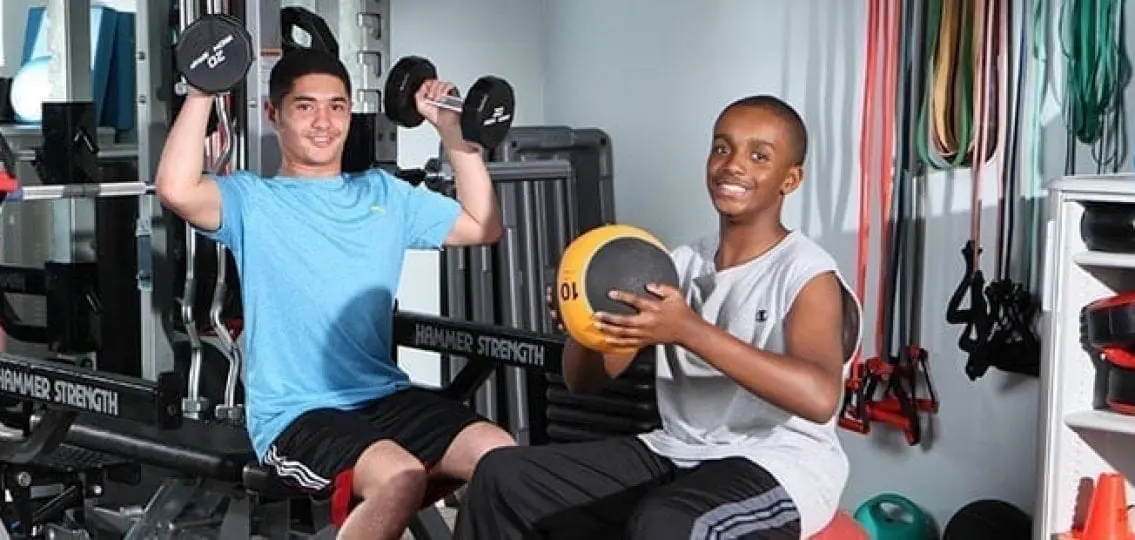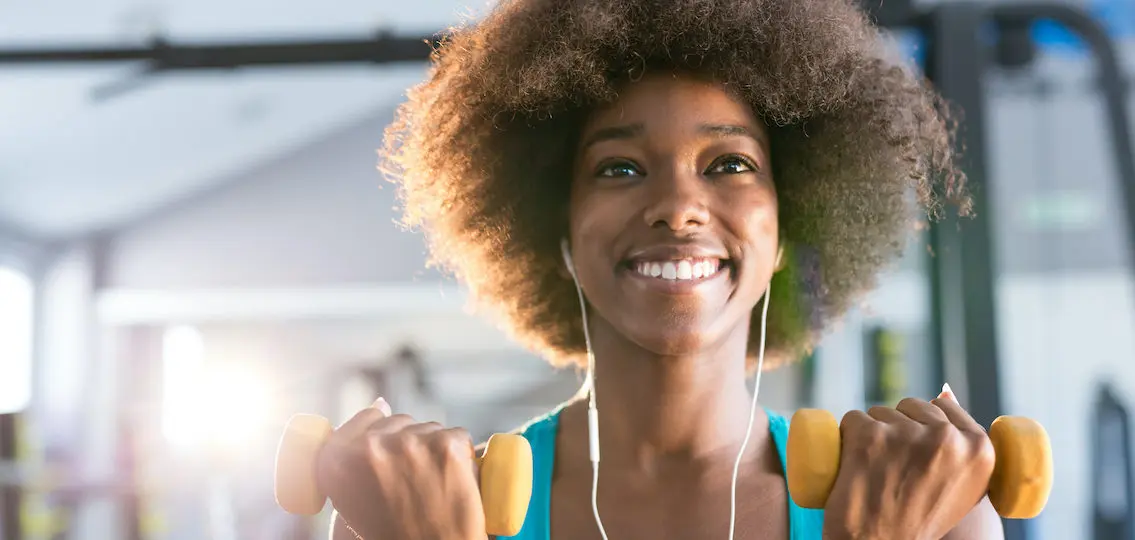Every morning around 5 a.m., 13-year-old Damiyah Smith wakes up on her own and heads to the gym. There, she gets in a session of lifting weights with her dad before school. It’s a routine she loves.

“I used to have a little insecurity because I was bullied, but I like that going to the gym makes me feel good about myself,” she says.
Weight training has an added benefit during these uncertain times. It’s much easier to stay socially distanced while picking up a barbell than it is in a sport that necessitates close contact between participants, like volleyball or football. It can also be a great way to improve athletic skills like power and strength while waiting for other activities to resume.
After trying a variety of sports, from powerlifting to basketball to track, last year Damiyah decided she wanted to wrestle, even though there’s no girls’ division where she lives. Her mom, Kristenee Smith, credits her daughter’s weight-training background with giving her the fearlessness to take on new challenges.
“It really is an empowering tool for her because it helps her build her confidence in all areas of life,” Smith says. “For her to go out on a wrestling mat and not be scared to death is just amazing.”
Getting Stronger
While strength was long seen as a masculine domain—a girl lifting weights?—today there are more and more girls who are finding their way inside a weight room.
Some parents may be concerned about the safety of lifting, but “it’s not dangerous if it starts with the appropriate type of program,” says Michael Matthews, bestselling author of Bigger Leaner Stronger and several other fitness books. He points out that sports like soccer, football, and ice hockey have higher rates of injury. The key is supervision, instruction, and progressing gradually.
“There’s a misconception that it can be bad for a growing person,” says Sarah Haran, PT, DPT, owner of Arrow Physical Therapy Seattle. “With guidance, it’s going to make you stronger and fitter, protect your bone health, and help you develop better body mechanics.”
From a physical standpoint, resistance training improves sports performance, builds lean mass, and provides stability and support to the musculoskeletal system. And while it won’t eliminate the possibility of injury, it can help young bodies become more resilient against injury, lessening the impacts when they do get hurt.
Smith points out that a lot of kids are lifting weights, even if it’s not recognized as such — consider carrying heavy grocery bags or picking up bales of hay. Without instruction, they might not be performing these tasks with the best form, so having a little experience in a gym setting can teach proper technique and carry over into other areas of life.
Body Talk
One of the benefits of weight training is that it can shift someone’s view of their body from what it looks like to what it can do. For a teenage girl, especially, this can be an empowering new outlook. Dr. Haran experienced this phenomenon herself when she transitioned from dancing to doing CrossFit. Through lifting, she’s seen girls and women worry less about how they appear and more about what they can contribute to the world.
On the subject of aesthetics, it’s also important for teens to know that what they see on Instagram or the cover of a magazine isn’t necessarily attainable for someone their age, nor should that be the aim. “What they see in an adult can look cool, but just know there’s a big difference between a 15-year-old body and a 25-year-old body,” Matthews says. “Teens need to understand that it’s very important to support your body’s development through plenty of good food, rest, and exercise.” Now is the time to develop healthy habits and build a base of strength, not try to get shredded.
Buff’s Not Just for Boys
When it comes to coping with the normal challenges of teen life, sweat sessions are an excellent method. “Exercise of any sort is going to release endorphins, and that’s really important,” Dr. Haran says, and that includes weight lifting for teenage girls. “If teenagers are dealing with anything that feels stressful, whether school or parents or relationships, they’re not going to have to seek out social media affirmation or experimenting with drugs; they’re going to be able to get those natural mood boosters from exercise.”
Beyond building functional physical strength, the increased discipline from weight training is one of the aspects Smith finds most beneficial for her daughter, Damiyah.
“If she’s going to be on student council or run a business one day, her commitment level is there because she has a track record of being dedicated,” she says. “Just to start the day getting in the gym helps her clear her mind and get some stress out. Mentally, it just makes her have a competitive edge in athletics and in the classroom as well.”
For girls in particular, the boost that comes from lifting a little more than they could last week or last month can’t be underestimated.

“It’s pretty awesome that girls feel like they can compete with boys,” Dr. Haran says. “They can be just as strong and powerful and buff if they want to.”




